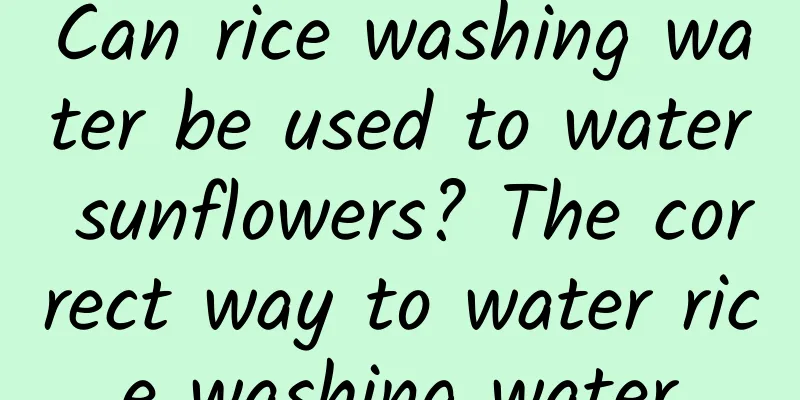Methods and precautions for home cultivation of poppy

How to grow poppySite Selection & SoilIt needs a place with sufficient light and good ventilation. Poppy is not very demanding on soil, but loose and fertile sandy loam is best. Potted plantsIn January, use a flower pot with an inner diameter of 20 cm and fill it halfway with loose soil. Flatten it and then sow the seeds, 20 to 30 seeds, and then cover them with soil until the seeds are no longer visible. After sowing, use the method of immersing the flower pot in water, which is to place the flower pot in a large pot where the water level does not exceed the height of the flower pot, and let the water seep into the soil evenly from the hole at the bottom of the flower pot. After the seedlings emerge from the soil, remove those that are not growing well, leaving only 3 to 5 plants. When the seedling is 30 cm tall, gradually fill the planting soil to the edge of the pot to prevent the plant stem from falling over. Maintain sufficient light, fresh air, and a temperature no lower than 5℃ at night. Avoid drought and waterlogging. Watering of potted plants depends on the weather and soil conditions. Generally, water them once every 3 to 5 days. If it continues like this, it will bloom in March and last until May. ThinningAfter the ground-planted seedlings emerge from the soil, remove those that are not growing well and thin them out at a distance of 30*30. Because poppies are not easy to keep alive after transplanting, you must be careful when thinning them out. FertilizationBefore flowering, you can apply 2-3 times of thin liquid fertilizer, but do not apply too much fertilizer, as it will easily cause diseases and pests. For ground-planted plants, apply thin fertilizer twice before wintering, and then apply liquid fertilizer once before flowering. Apply the last top dressing before flowering to promote large, colorful flowers and powerful opening. WateringGround plants generally do not need to be watered frequently. Maintain the temperature at around 20℃ and the seeds will germinate in 7-10 days. If pests and diseases are found, timely treatment should be carried out, and attention should be paid to hygiene. The dead stems of flowers should be cut off in time to extend the flowering period and make the flowers more beautiful. Precautions for breeding poppyIt is not suitable to be planted on overly fertile soil or to be planted repeatedly. It is not suitable to raise seedlings and plant in low-lying, humid, water-rich, and poorly lit areas, otherwise they will grow poorly and are prone to disease. Water less during the winter and water more during the growing season in spring. During the seedling growth period, do not water too much, but keep it moist. |
<<: Cultivation methods and precautions of sweet alyssum
>>: The difference between poppy and corn poppy
Recommend
Cultivation methods and precautions for potted lemon trees
1. Breeding methods 1. Potting soil: It likes bre...
How to save seeds of water chestnut
How to save seeds of water chestnut Water chestnu...
Can the Chinese crabapple be planted in pots?
Can the Chinese crabapple be grown in pots? Begon...
How to breed Lophatherum venetum
Seed propagation This is also the most primitive ...
How to care for hydroponic aloe vera
Aloe Vera Hydroponic Method Aloe vera is very sui...
How to propagate the lotus lantern
Preparation for cuttings of the lotus lantern Cut...
What flowers are suitable for growing in Jiangmen? What are the city flowers and trees?
1. Climate characteristics of Jiangmen Jiangmen h...
Things to note when repotting the feather calathea
Things to note when repotting the feather calathe...
How many kilograms of tomatoes are generally produced per mu? What is the maximum yield per mu in the greenhouse?
Tomato yield per mu The per-acre yield of tomatoe...
Do lilies like water? Are they water-loving plants?
Do lilies like water? Lily likes water. It is nei...
How to grow potted Clivia in winter
1. Temperature Clivia is not cold-resistant. It n...
How to make water-planted lilies bloom quickly
1. How to quickly bloom 1. It itself is relativel...
Is orchid a bluegrass? What is the difference?
1. Are they the same? Orchids are not orchid gras...
How to deal with yew root rot
1. Caused by excessive watering When caring for y...
How to grow Clivia to make it bloom
1. Suitable soil If you want the Clivia to bloom ...









